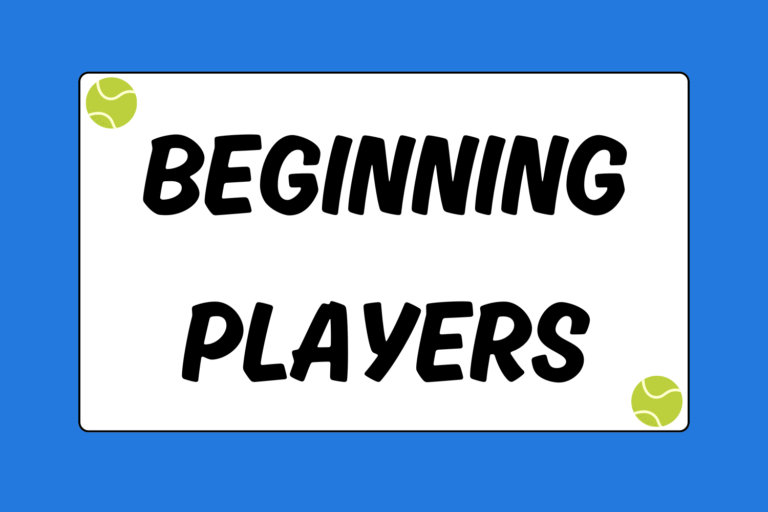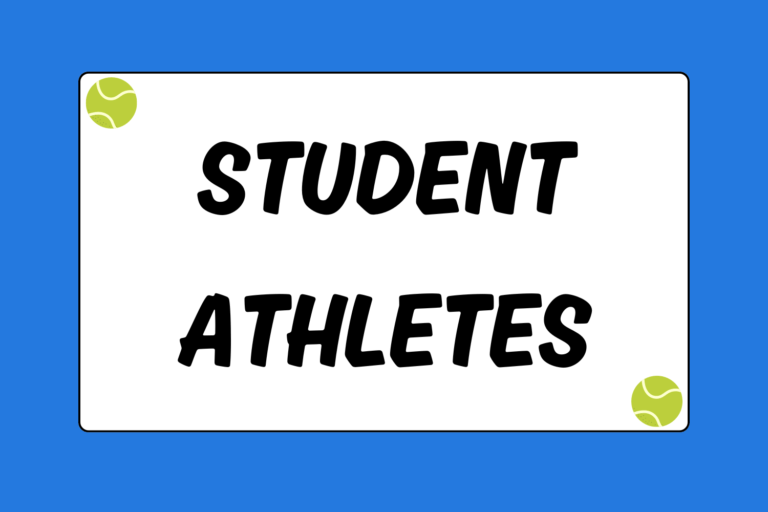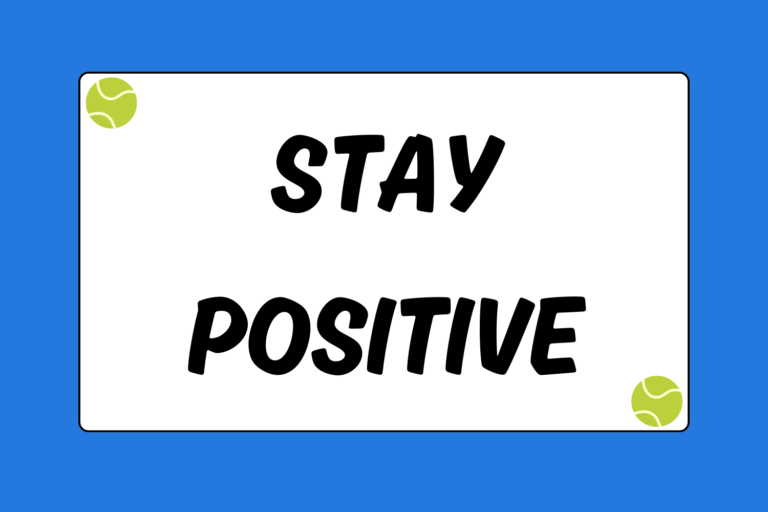It’s a competitive tennis player’s worst nightmare: The courts are soaked with rain, and the storm is showing no signs of relenting. Whether it’s a busy work schedule, family vacation, or torrential rain storm, making a trip to the tennis courts is sometimes impossible. But worry not, because this tennis guide breaks down ways for you to expand your game when you’re not on the court.
Racquets Make Perfect
Bar none, actually playing tennis is the best way to improve. You have to be willing to dedicate yourself to the game, spend hours on the court, and test your physical limitations if you want to become a feared opponent. However, it’s impractical to spend 365.25 days per year on the tennis court. So whether you’re a beginner or elite player, the following off-court exercises hone your skills.
Shadow Swings
Boxers aren’t the only athletes that can practice in front of a mirror. Grab your racquet, go to an open area (preferably with a mirror), and practice your groundstrokes. Go through each motion slowly, focusing on the technicalities of the stroke. For example, make sure your feet are properly aligned and that you transfer your weight correctly as you prepare your backhand. You rarely get a chance to see what your stroke actually looks like, so use this time to assess your mechanics.
The only catch is that you need to understand the difference between a “good” and “bad” stroke. If you can’t differentiate sound mechanics from bad habits, you won’t reap the full benefits of this workout. Nevertheless, this exercise gives you a good idea of what your stroke looks like, and helps you pinpoint areas for improvement.
Weight Lifting
If you can’t make it to the courts, you can always substitute your racquet with a dumbbell. Whether you choose to work out at home or in a gym, weight lifting is a great way to improve your game and become a menacing player. Rather than working out the proverbial “beach muscles,” focus on tennis-specific exercises, like:
- Dumbbell squats: Strengthens your leg muscles and glutes.
- Single arm dumbbell rows: Focuses on building muscle in your upper back and biceps.
- Crunches: Having a strong core is absolutely crucial for a competitive tennis player.
- Internal rotations: Emphasizes the range of motion for both shoulders.
- Standing dumbbell curls: Improves your bicep strength and swing speed.
- Push-ups: Strong triceps are important for an explosive swing, and push-ups also strengthen your chest.
The above exercises are simple enough to do at home, but can certainly be expanded upon at a gym. You should incorporate weight lifting into your training routine regardless, but try to stay especially active if you know you can’t make a trip to the courts.
Ball Toss
If you’re still somewhat new to the game, practicing your ball toss will pay dividends. One of the most overlooked aspects of tennis, the ball toss is a fundamental and extremely crucial skill. Stand in a room that has hardwood floors and ample room to toss the ball in the air. You don’t need a racquet, but mimic the serving motion in its entirety. Your footwork, body alignment, and concentration should mirror that of a competitive match.
Don’t halfheartedly fling the ball in the air. Bounce the ball a few times before you toss it, and act like there’s an opponent awaiting your “serve.” You can even put a piece of tape on the ground — a mock baseline — which will help your foot alignment and concentration level. For more information on how to improve your ball toss, refer to the guide, “Perfecting the Tennis Ball Toss.”
Stretching
The importance of stretching cannot be stressed enough. Enduring a strenuous tennis match while sore or tight is extremely trying and ill-advised. Many athletes overlook stretching because they find it boring, distracting, and unproductive. These sentiments, however, couldn’t be further from the truth.
Stretching keeps you limber, and helps you avoid sprains, nagging injuries, and cumbersome muscle strains. Professional athletes dedicate huge amounts of time to stretching because they understand the importance of keeping their bodies fresh for competition.
If you want to take your flexibility training to the next level, try yoga. Yoga is not only great for loosening up your muscles, but it also improves core strength. Yoga is both helpful and fun, and you’ll quickly notice the results.
Study
Sports aren’t 100 percent physical; you need to be mentally prepared, as well. Reading guides, watching videos, and talking to coaches are great ways to study the game. You need to study the game if you want to excel on the court, so take every possible opportunity to seek out new information on Sportmentary. You’re a student of the game, so never settle for insufficient knowledge.
Rain or Shine
It’s very easy to take days off and detach yourself from the game. After all, most individuals enjoy a little extra rest and a few more potato chips. But even state-of-the-art video games with motion sensors and eye-popping graphics can’t help you become a better tennis player. If you’re serious about taking your game to the next level, dedicate yourself both on and off the court. Your devoted mental approach will undoubtedly pay off.





